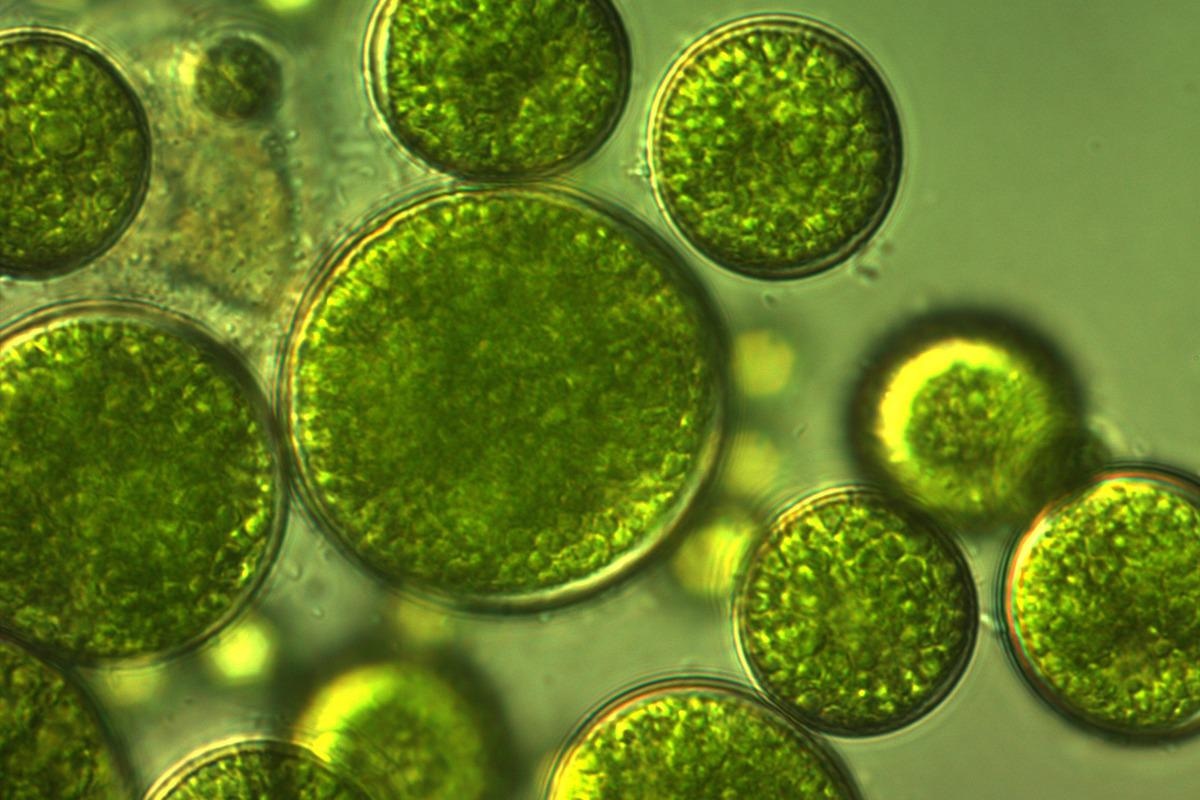There are very few treatments for coronavirus 19 (COVID-19), the disease caused by severe acute respiratory syndrome coronavirus 2 (SARS-CoV-2). While incubation, mechanical ventilation, and oxygen supplement can all help, they are only treating the symptoms of the disease.
 Study: Anti-SARS-CoV-2 Activity of Rhamnan Sulfate from Monostroma nitidum. Image Credit: Ye.Maltsev/Shutterstock
Study: Anti-SARS-CoV-2 Activity of Rhamnan Sulfate from Monostroma nitidum. Image Credit: Ye.Maltsev/Shutterstock
In the UK, the first COVID-19 specific treatment has been approved, but given the rapid mutation displayed by the virus, more drug candidates are always necessary. In a study published in Marine Drugs, researchers from the Rensselaer Polytechnic Institute have been investigating the potential of rhamnan sulfate (RS) as an antiviral agent.
The spike protein of SARS-CoV-2 is key to the pathogenicity of the organism. The receptor-binding domain (RBD) in the S1 subunit binds to receptors such as heparan sulfate and angiotensin-converting enzyme 2 (ACE2) to permit viral cell entry. The researchers theorize that RS can bind to the spike protein and inhibit heparan binding.
The study
Using an anion exchange Q-column, the researchers extracted and purified the RS from 8g of Monostroma nitidum (Mn) powder. Chromatographic analysis showed a fairly well-balanced monosaccharide composition, with rhamnose as the most prominent sugar. Gel permeation chromatography showed a high (290kDA) molecular weight, and the isolated RS contained 59 (w/w) carbohydrates and 31 (w/w) sulfates.
Further analysis was performed using nuclear resonance magnetic (NMR) spectroscopy. The backbone of the RS consists largely of →3)-α-L-Rhap-(1→, →2)-α-L-Rhap-(1→, and →2, 3)-α-L-Rhap-(1→units. The intense signal in the C2-C5 regions of the spectrum showed that the C4 hydroxyl groups of the RS are largely sulfated. The non-reducing end of RS is also heavily sulfated at C4/C3. The rhamnose units contained with RS are sulfated at both C2 and C4. On the reducing end of the RS, C1 is assigned at 92-94ppm, but a signal at 96-98ppm suggests that some of these are sulfated. Minor signals of →4)-β-D-GlcAp-(1→ and →6)-β-D-Glcp-(1→ were assigned in the anomeric region.
Surface plasmon resonance (SPR) (typically used for measuring adsorption) revealed the binding kinetics and affinity of the RBD (both wild-type and variants) with heparin. Sensorgrams fitted to a 1:1 Langmuir model were used to calculate the binding kinetic parameters. Most of the binding kinetics and affinity are similar when examining wild-type and variants. Still, variant RBDs with the N501Y mutation showed higher affinity to heparin, and L425R mutation showed lower.
Solution competition dose-response analysis on immobilized heparin and soluble RS was used to examine the ability of RS to inhibit the binding of the RBD to heparin. Spike protein was mixed with different concentrations of RS or heparin before injection onto the immobilized heparin. Glycan within the solution occupied some binding sites on the spike protein, allowing the signal to be calculated more accurately. The IC50 value of RS was much lower than the positive control of heparin (1.6ng/mL to ~750ng/mL).
Surface competition experiments using SPR to examine the inhibition of RBD heparin-binding RS can cause were performed. When RS and heparin were at the same concentration, RS showed comparable inhibition against RBD variants containing T478K and improved inhibition against variants containing E484Q and L425R as well as E484Q.
When these experiments were repeated to examine the inhibition RS can cause against pseudovirus particles (both wild-type and delta variant), RS showed improved inhibition against the wild-type and comparable inhibition against the delta pseudovirus particles.
The scientists investigated the ability of RS to inhibit viral cell entry using a pseudovirus neutralization assay, with HEK cells expressing hACE2. The lowest dilution of RS used reduced viral cell entry by over 80% for both wild-type and Delta-variant pseudoviruses.
Conclusion
The authors highlight that RS effectively binds the spike protein, inhibits viral attachment and exteriorization, uncoating, and the transcription and translation processes. It displays a high capacity to bind the spike protein and successfully neutralizes the pseudotyped virus. It can successfully compete with heparin for spike protein recruitment and work well against a range of variants.
While more investigation is needed, RS is an excellent candidate for future antiviral drugs. The scientists propose multiple new research angles, including structure-activity relationship, bioavailability, the activity of different molecular weights of RS, and toxicity analysis. If RS proves useful, it could be a powerful tool against COVID-19.